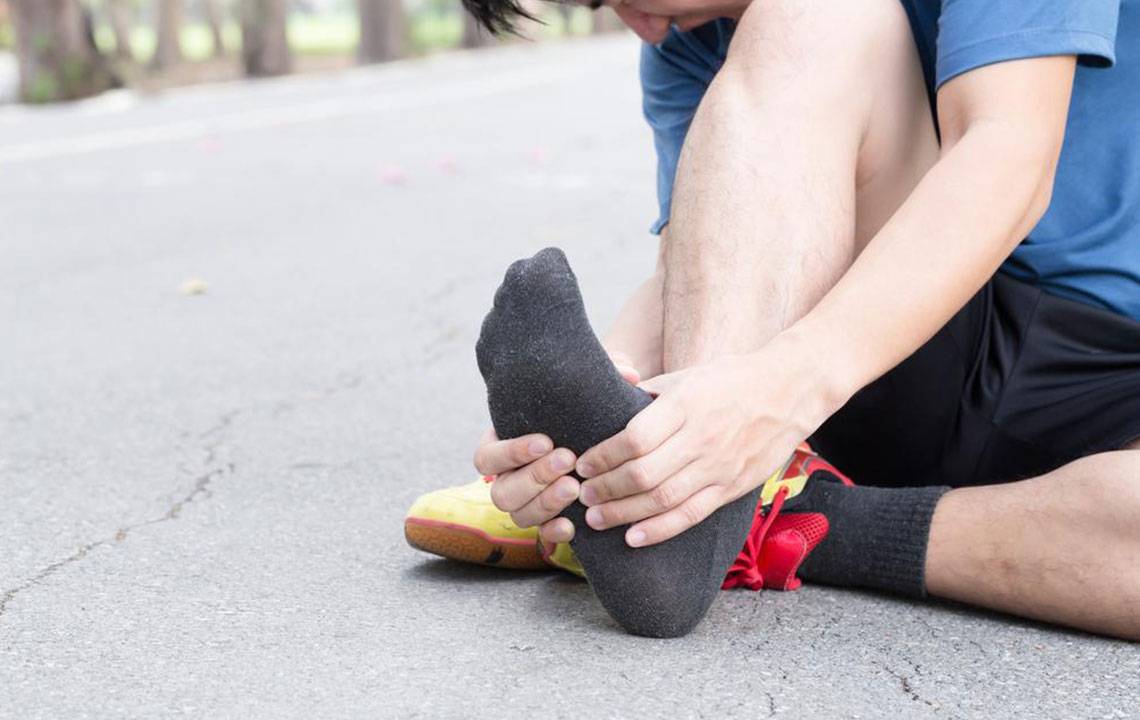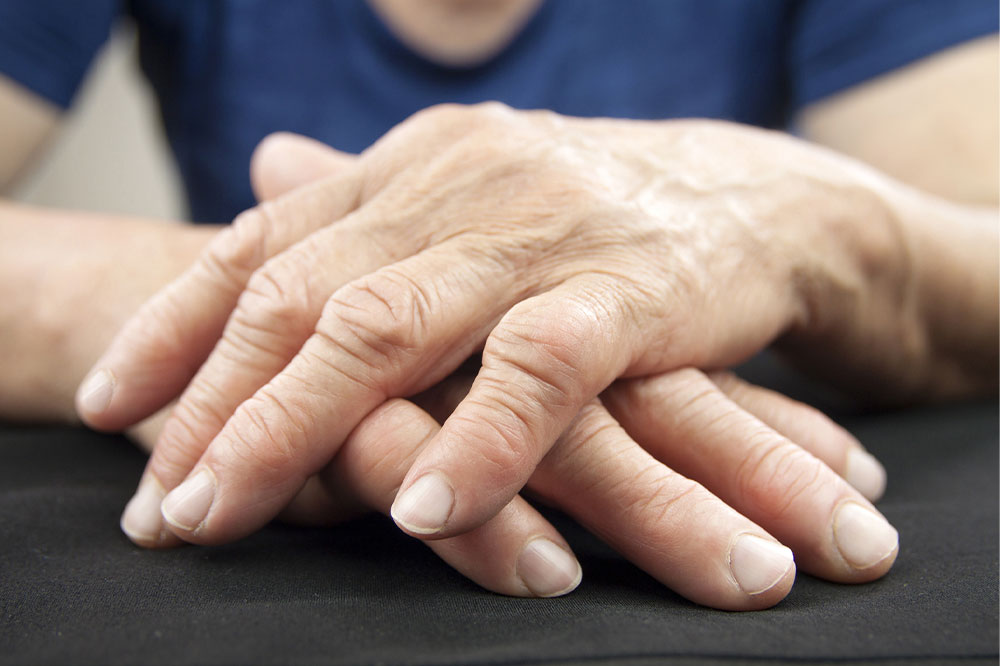Comprehensive Guide to Managing and Treating Plantar Fasciitis Effectively
This comprehensive article provides in-depth strategies for managing plantar fasciitis, focusing on causes, symptoms, diagnosis, and a wide range of treatment options. Emphasizing early detection and a personalized approach, it offers practical advice for reducing inflammation, alleviating pain, and restoring foot function. The guide covers conservative methods like stretching, supportive footwear, and activity modification, as well as advanced procedures including ultrasound therapy and surgery. With over 1500 words, it aims to empower patients and healthcare providers alike to effectively combat this common foot ailment and prevent future episodes.

Effective Management Strategies for Plantar Fasciitis
Plantar fasciitis is a common but often painful condition affecting many individuals, especially those who engage in high-impact activities or stand for prolonged periods. It is characterized by inflammation and thickening of the plantar fascia, the ligament that runs along the bottom of the foot, which leads to discomfort and mobility issues. Understanding the causes, recognizing the symptoms early, and adopting appropriate treatment strategies can significantly improve quality of life for affected individuals. This comprehensive guide delves into the various aspects of plantar fasciitis, including its causes, symptoms, diagnosis, and effective treatment approaches to manage and prevent this condition.
Understanding Plantar Fasciitis: Causes and Risk Factors
Plantar fasciitis develops when the plantar fascia undergoes repetitive strain, resulting in micro-tears and inflammation. This process can be initiated or worsened by various factors, including lifestyle habits, anatomical variances, and occupational demands. Recognizing these risk factors helps in both preventing the condition and tailoring treatment plans for recovery.
Common contributors to the development of plantar fasciitis include:
Excess Body Weight: Carrying extra pounds increases pressure on the heel and the plantar fascia, triggering inflammation.
Sudden Changes in Physical Activity: Initiating high-impact sports, increasing workout intensity, or starting new exercise routines without proper conditioning can stress the foot tissues.
Prolonged Standing on Hard Surfaces: Occupations requiring long hours on concrete or tile floors contribute significantly to strain on the plantar fascia.
Underlying Medical Conditions: Conditions such as rheumatoid arthritis, lupus, or other autoimmune disorders can predispose individuals to inflammation of foot tissues.
Poor Footwear Choices: Wearing high heels, sandals without support, or worn-out shoes lacking adequate arch support increases the risk of developing plantar fasciitis.
Feet with Flat Arches or High Arches: Structural foot abnormalities alter the distribution of weight and strain on the plantar fascia.
Foot Misalignments and Leg Discrepancies: Aberrations such as overpronation or limb length differences cause uneven stress, aggravating the condition.
Tight Achilles Tendons and Heel Cords: Limited flexibility in these areas places additional tension on the plantar fascia during movement.
Identifying and modifying these risk factors is crucial. Adopting supportive footwear, maintaining a healthy weight, and incorporating proper stretching routines can significantly reduce the likelihood of developing plantar fasciitis.
Recognizing Symptoms: How to Detect Plantar Fasciitis Early
The hallmark of plantar fasciitis is pain along the bottom of the foot, primarily near the heel. Early intervention is vital to prevent worsening symptoms and permanent damage.
Symptoms often include:
Heel Pain: A sharp or burning sensation at the bottom of the heel, especially noticeable upon waking or after periods of rest.
Increased Discomfort After Activity: Pain intensifies after standing or walking for extended durations.
Stiffness and Tenderness: The bottom of the foot may feel tender to touch or swollen in severe cases.
If persistent heel pain refuses to subside with rest or conventional remedies, it is essential to consult a healthcare professional for appropriate diagnosis and treatment. Early detection can lead to more effective management and quicker recovery.
Diagnostic Procedures and Assessment
Physicians typically diagnose plantar fasciitis through clinical examination, focusing on palpation of the heel and assessment of gait. During examination, applying pressure to the tender area often intensifies discomfort, confirming inflammation.
Imaging techniques such as X-rays are helpful in ruling out other issues like heel spurs or stress fractures, which can mimic plantar fasciitis symptoms. Occasionally, ultrasound or MRI scans may be used for a more detailed view of soft tissues and to assess tissue damage.
Accurate diagnosis ensures targeted treatment, addressing the root causes and alleviating symptoms effectively.
Goals and Objectives of Treatment
The primary objectives of treating plantar fasciitis are to reduce pain, decrease inflammation, restore foot function, and prevent recurrence. Treatment plans are individualized, depending on the severity of the condition and patient-specific factors.
Key goals include:
Alleviating inflammation and discomfort
Enhancing the flexibility and strength of foot muscles
Promoting healing of micro-tears within the plantar fascia
Restoring normal mobility and daily activity levels
Addressing underlying causes to prevent future episodes
Conventional and Advanced Treatment Strategies
Managing plantar fasciitis involves a combination of self-care measures, physical therapies, and, in some cases, surgical procedures. The goal is to reduce inflammation, promote tissue healing, and restore normal foot biomechanics.
Rest and Activity Modification
One of the foundational steps in treatment is to reduce strain on the affected foot. Patients are advised to limit or avoid high-impact activities such as running, jumping, or prolonged walking. Cross-training with low-impact exercises, like swimming or cycling, helps maintain overall fitness while allowing the foot to recover.
Ice and Cold Therapy
Applying ice packs to the heel for 15-20 minutes several times daily helps reduce inflammation and numb pain. Using a cloth barrier prevents direct contact with the skin, preventing frostbite. This simple yet effective method can significantly diminish swelling and discomfort.
Supportive Footwear and Orthotic Devices
Wearing shoes with proper arch support, cushioned soles, and shock absorption features alleviates pressure on the heel. Custom or over-the-counter orthotic insoles can help correct foot biomechanics, especially in cases with flat arches or overpronation.
Stretching and Strengthening Exercises
Regular stretching routines are vital in alleviating tension in the Achilles tendon and plantar fascia. Techniques include calf stretches, towel stretches, and toe stretches. Strengthening foot and lower leg muscles provides better support and stability, decreasing recurrence risk.
Night Splints and Braces
Wearing night splints keeps the foot in dorsiflexion, gently stretching the plantar fascia overnight. This reduces morning pain and stiffness, making waking up less uncomfortable.
Medications and Pharmacologic Interventions
Non-steroidal anti-inflammatory drugs (NSAIDs) like ibuprofen or naproxen are commonly recommended to reduce inflammation and relieve pain. These medications should be used under medical supervision, especially for prolonged periods.
Insoles, Cushions, and Heel Pads
Adding heel pads or cushioned insoles provides extra shock absorption, reducing impact stress during daily activities. These simple devices can be used in everyday shoes and are an effective adjunct to other treatments.
Physical Therapy and Ultrasound Treatment
Physical therapy focuses on rehabilitative exercises, manual therapies, and modalities like ultrasound to promote tissue healing and reduce swelling. Ultrasound therapy maintains tissue flexibility and accelerates recovery.
Steroid Injections and Medical Interventions
In cases where conservative treatments do not provide relief, corticosteroid injections can be administered to decrease inflammation rapidly. However, these should be used cautiously due to potential side effects like tissue thinning.
Surgical Options
If symptoms persist beyond several months despite comprehensive conservative management, surgical intervention may be considered. Procedures like plantar fascia release aim to relieve tension and promote healing. This option is generally reserved for severe cases and is employed after exhaustive non-surgical therapies.





